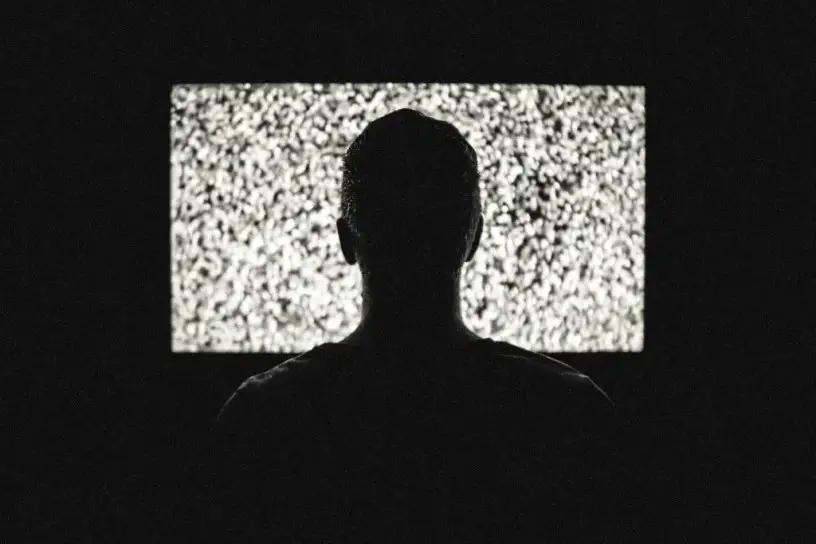By The TV Answer Man team
TV Answer Man, okay, this is not funny anymore. How long will this Disney blackout on Spectrum TV last? We want our ESPN and ABC. (You can keep the rest). Shouldn’t the FCC step in for the public good? Can’t our government do anything for us? — Jason, New York.
Jason, this is the fifth full day of the dispute between Charter’s Spectrum TV and Disney, which is not a long time in carriage battles. DIRECTV has been without 159 Nexstar-owned local stations since July 2 in a fee fight. But if you’re missing your favorite channels – in Spectrum’s case, 26 Disney channels, including ESPN and ABC in seven markets — it feels like a long time. And, you want something done about it!
Carriage disputes between pay TV providers and programmers have been a recurring issue in the media industry, causing disruptions for viewers and raising questions about regulatory intervention. The Federal Communications Commission (FCC) in the United States is the regulatory body responsible for overseeing the communications landscape. So, could the FCC effectively end the carriage dispute between Charter and Disney?
Understanding Carriage Disputes
Carriage disputes occur when content distributors, such as Charter, and content creators, such as Disney, fail to reach an agreement regarding the terms of distribution. These terms include issues like fees, signal quality, and channel placement. In the Charter-Disney case, it seems to be about fees but also whether Disney will allow Charter to exclude ESPN from certain programming packages. (That would enable Charter to offer lower-priced plans for cord cutters.) The disputes can result in channel blackouts, leaving viewers without access to certain programming. These conflicts often have financial implications for both parties, and they impact the audience’s viewing experience.
The FCC’s Role
The FCC is tasked with regulating various aspects of the communications industry to ensure fair competition, promote innovation, and protect consumers. In the context of carriage disputes, however, the FCC’s authority is limited, primarily stemming from the Communications Act of 1934 and subsequent amendments.
One of the FCC’s key roles is to oversee negotiations between parties to prevent anticompetitive behavior and protect consumers from extended blackouts. In certain circumstances, the FCC may have the power to mandate “good faith negotiations” between broadcasters and distributors to ensure that negotiations are conducted fairly and without causing undue harm to consumers. The commission can also impose fines for bad-faith negotiations.
Challenges in Regulatory Intervention
While the FCC can intervene in carriage disputes, several challenges complicate its ability to resolve these conflicts definitively.
Legal Constraints
The FCC’s authority is constrained by the Communications Act, which may limit its ability to impose binding resolutions on parties. This can hinder its effectiveness in forcing parties to reach agreements.
Complex Negotiations
Carriage disputes involve complex negotiations with various stakeholders, each with unique concerns. Finding a middle ground that satisfies both parties can be difficult, particularly in the Charter-Disney case where the cable operator is essentially demanding an entirely different way to distribute programming.
Market Dynamics
The media landscape is evolving rapidly, with streaming services and online platforms altering the traditional distribution model. The FCC must consider these shifts when addressing carriage disputes.
First Amendment Concerns
Balancing the need for fair negotiations with broadcasters’ First Amendment rights to control their content distribution can be challenging.
Bottom Line
While the FCC has the authority to intervene in carriage disputes between providers and broadcasters, the complexities of the media landscape and legal constraints present challenges to its ability to fully resolve these conflicts. The commission’s role primarily revolves around promoting good faith negotiations and protecting consumers’ interests. To find lasting solutions, all parties involved—programmers/broadcasters, distributors, and regulatory bodies—must work collaboratively to adapt to the evolving media ecosystem and ensure viewers’ uninterrupted access to diverse programming. The question now is whether Disney and Charter will work together to adapt to that evolving dynamic, not whether the FCC will jump in because it’s highly unlikely it will.
Have a question about new TV technologies? Send it to The TV Answer Man at swann@tvanswerman.com Please include your first name and hometown in your message.


